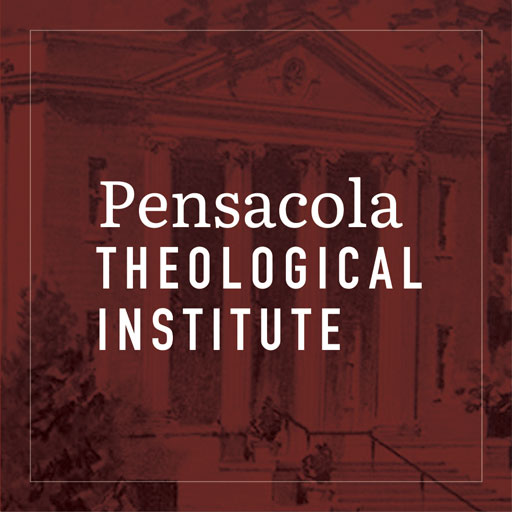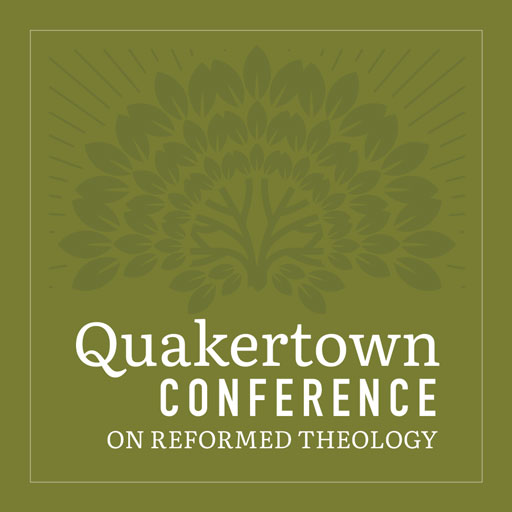
Gasparo Contarini and the End of a Dream
“I thank God,” Cardinal Gasparo Contarini wrote as he prepared to travel to Germany, “… for the colloquium, and for the good beginning that has already been made, and I hope in God that irrelevant considerations will not intrude themselves, and that, as I have many times said to his Holiness, there will not be such a great disagreement in the essentials as many believe.”[1]
The colloquium was the one scheduled at Regensburg, Germany, in 1541, with the hope of a reconciliation between Protestants and Roman Catholics. It was a hope many had long relinquished. By then, disagreements between the two parties had continued for twenty years. Young people had known nothing but conflict.
Seeking Reform
Born in 1483, Contarini still held memories of the formal unity that used to bind the church. A patrician and humanist, he had been involved in the ideological fervent of his times. After the pope’s excommunication of Luther and the reformer’s condemnation at the Diet of Worms, Contarini had stayed in touch with the religious struggles in Europe. He agreed with many Lutheran ideas, but had no intention of leaving the papal church.
By all appearances, circumstances weighed against hopes of reconciliation. A man of his times, Contarini knew nothing about positive thinking messages. Just five years earlier, he had confessed to Cardinal Reginald Pole his frequent bouts of sadness. Still, he believed optimism was a Christian duty, since the future belonged to God who cared for His church.
Besides, his own life stood to him as a testimony of a possible middle way. It was on the day before Easter 1511 that he first came to the realization that the Christian is justified by faith alone apart from his works by the merits of Christ alone. It sounded a lot like Luther’s conclusions. In fact, other Reformers, such as Jacques Lefevre, had arrived to similar interpretations of the Pauline letters. The difference is that Luther had carried them much further.
Well familiar with Luther’s writings and the Augsburg Confession, Contarini kept nurturing hopes that Protestants and Roman Catholics could reunite. This conviction continued after his appointment as cardinal in 1535. In fact, he used his position to address his concerns about the Roman Catholic Church, especially regarding the rampant corruption and abuses of power. His outspoken views on these matters made him a leader of the spirituali, a loose group of likeminded Christians.
Regensburg
His appointment as papal legate to the Colloquy of Regensburg looked like the crowning of his hopes. Other representatives were the Protestants Philipp Melanchthon, Martin Bucer, and Johannes Pistorius and the Roman Catholics Johannes Gropper, Julius Pflug, and Johann Eck.
The discussions proceeded well. When they arrived at article five, Contarini’s hopes appeared particularly close to being realized, as the doctrines of justification by faith, interpreted as trust (fiducia), and of the imputation of Christ’s righteousness on the believer were readily accepted, as was assurance of God’s forgiveness of penitent believers in spite of their lapses in obedience and faith. Even the commendation of good works was interpreted in Augustinian terms, “not in so far as they are our doing, but to the degree that they flow from faith and are the doing of the Holy Spirit.”[2]
It almost sounded too good to be true. “Dio laudato!” cried Contarini. Even John Calvin was pleasantly surprised. “You will marvel when you read the copy [on the article on justification] … that our adversaries have conceded so much,” he wrote to his friend William Farel. “For they have committed themselves to the essentials of what is our true teaching. Nothing is to be found in it which does not stand in our writings.”[3]
Some were more cautious – justifiably so, because article nine, the authority of Scriptures, spelt trouble. The Protestants were ready to agree that Scriptures need interpretation, and that many church councils had an important place in reaching biblical conclusions, but insisted that man’s decrees had to be always subordinate to Scriptures – as the history of heretical popes and councils had proven.
Contarini remained hopeful, especially since the following articles presented little trouble – that is, until they came to article fourteen, on the issue of transubstantiation. In this case, the discussions lasted nine days, twice as long as it had taken to discuss justification.
From day one, the Protestants were unwilling to accept any teaching that sounded slightly idolatrous. Although the wording of the article (which stated the true and substantial presence of the body and blood of Christ after consecration) could have been stretched to embrace a variety of interpretations, differences arose even before the doctrine of transubstantiation was mentioned. The very fact that the host was elevated in what Rome defines an “unbloodied sacrifice” sounded blasphemous and unscriptural in the Protestants’ ears.
Contarini, on his part, was caught by surprise. For some reason, he had not fully understood the Protestants’ position on this issue and was not prepared to defend it. He even opposed the suggestion by one of the Roman Catholic delegates to simply say that Jesus was present “in truth and person.”
An Unbridgeable Gap
Most Protestants, equally tired of compromises, agreed that no rewording in the world could have bridged the gap between the two theologies, which now appeared in its full extent. The colloquy continued anyhow, while some of the participants hung on to flickering hopes. The next major hump was article twenty, a compilation of miscellaneous clauses on the adoration of saints, celibacy, monasticism, and the Mass (including the celebration of private masses and the limitation of the cup to the priest). To each of these, Melanchthon presented a counter clause. In the end, the original draft of the articles was presented to the emperor, together with nine Protestant counter-articles.
It was obvious that the colloquy had failed. Pope Paul III turned for answers to another cardinal who had been suggesting iron-fist measures against Protestants: Gian Pietro Carafa, the future Pope Paul IV. Carafa revived the Roman Inquisition and launched it against anyone suspected of Protestant tendencies. The investigations didn’t spare Contarini, his writings, and his friends.
Contarini died on 24 August 1542, slightly more than a year after the colloquy, as papal legate in Bologna. Three years later, Pope Paul convened the Council of Trent, which left no room for compromises or vague definitions. Protestants were no longer considered brothers in a mutual attempt at reconciliation. They were declared anathema – cursed by God – even for doctrines to which Regensburg had been sympathetic.

























